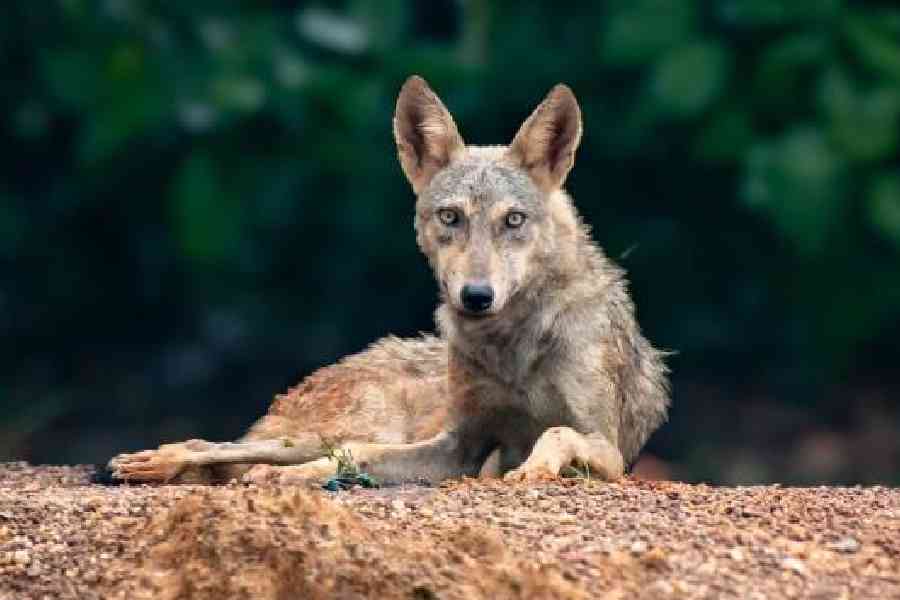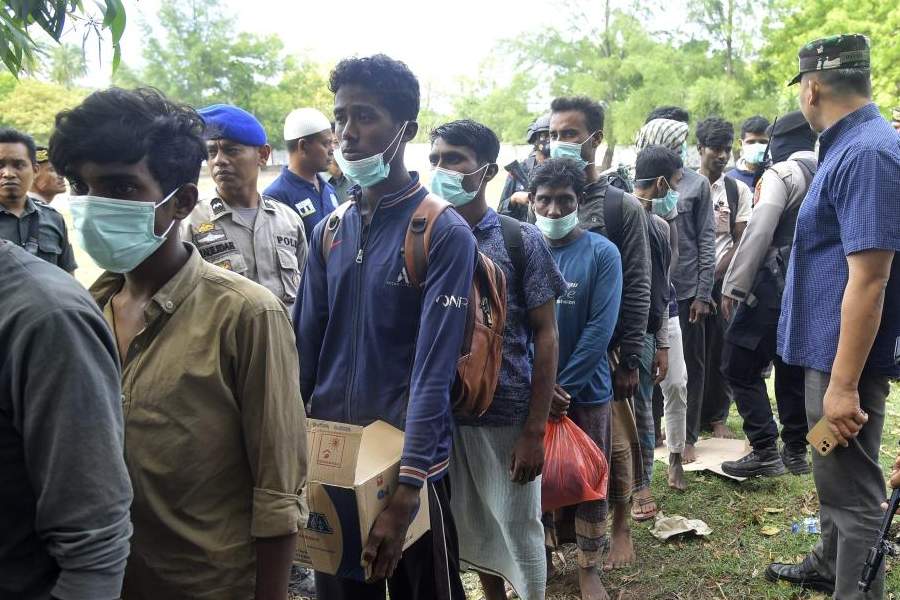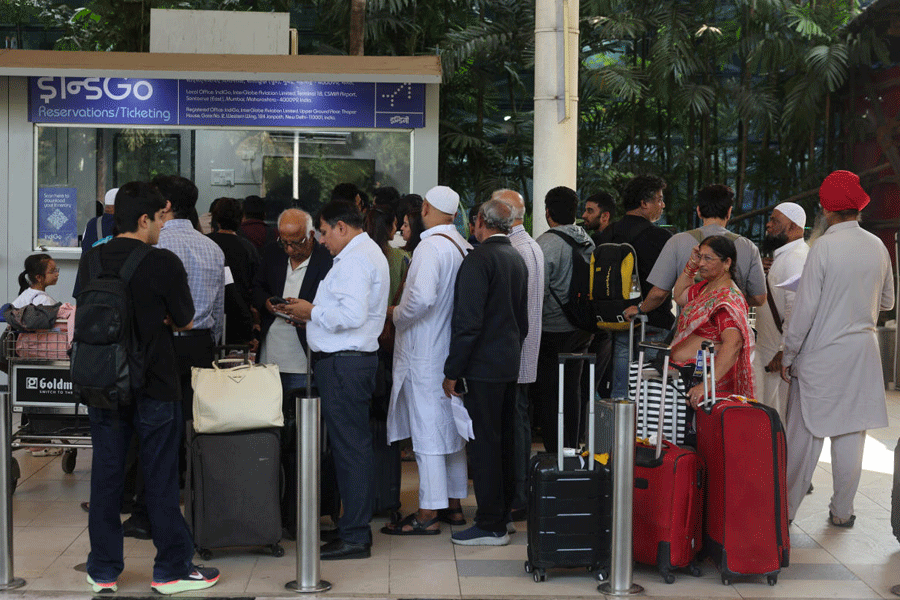At a moment when their conflict with humans has escalated in a certain area of Uttar Pradesh, foresters and researchers are observing the population, habitat, and behaviour of wolves in south Bengal.
Protected under Schedule I of the Wildlife Protection Act, 1972, Indian wolves (Canis lupus pallipes) are found across peninsular India in scrub forests, grasslands and arid areas. In south Bengal, they have been sighted in West Burdwan, East Burdwan, Bankura, Purulia, Jhargram and West Midnapore.
The lack of enough surveys means their exact numbers are unknown. A forest official said they favoured semi-arid regions and ravine-like places, where it is easier to hide their pups.
A sharp rise in wolf attacks in the past two years has left the Bahraich district in Uttar Pradesh traumatised. From September 2 to October 10 alone, wolves have killed six persons in Manjhara Takauli, a cluster of villages in the district, and injured over 30.
According to foresters, the extent of the conflict in south Bengal is currently minimal. However, due to habitat degradation and a diminishing prey population, wolves are progressively venturing into peripheral villages to target livestock.
“The scope of conflict is always there. We are focusing on surveys to gain a better idea of their number, habitat and movement patterns. Awareness campaigns are also underway,” said a senior forest official.
Trap cameras installed in forest pockets of West Burdwan for the past two years have shown a thriving population.
“Camera trap images and other morphological traits point to the presence of at least four packs. The total number of wolves would be upwards of 25, including juveniles,” said Arkajyoti Mukherjee, secretary of Wildlife Information and Nature Guide Society (WINGS), the NGO behind the project, supported by WWF-India.
Morphological traits help identify each animal, some of them with a singular feature that sets them apart. “The leader of one pack has a portion of her hind paw missing. Another has a cut mark on the outer pinna of its right ear,” said Mukherjee.
The wolves have been spotted mainly in Madhaiganj and Gar forest pockets around 20km from Durgapur town.
More recently, the NGO has also placed trap cameras at strategic locations in Bankura and East Burdwan. “We have images, but we are not in a position to predict trends yet. A longer study is needed for that,” he added.
The survey aims to assess the relative abundance of the predators and identify the conflict hotspots in south Bengal.
Mukherjee and his associates have also identified wolf corridors in south Bengal. “We have identified an intra-district corridor in West Burdwan and an inter-district corridor between West and East Burdwan,” he said.
In 2023, trap cameras installed inside Bandwan forest in Purulia captured a pair of wolves.
The trap cameras were installed by the forest department after attacks on the livestock of villagers who live near the forests.
“These animals live in a human-dominated landscape. Rising human interference, mining activities, and shrinking prey base pose serious challenges,” said Suvrajyoti Chatterjee, secretary of Human and Environment Alliance League (HEAL), an NGO that had conducted a survey on wolves and other carnivores in Purulia.
The animals prey on grass birds, Indian hare, and rodents, but also kill goats out for grazing and take poultry from the nearby villages, stoking the risk of conflict.
Some villagers, guided by researchers and foresters, have set up fladries — bright and colourful flags hung on the boundary of a house to keep predators away.
“There is a stable population of wolves in south Bengal. Wolves are known to maintain large territories. We are focused on more studies that will help us assess the relative abundance of the predators and identify the conflict hotspots in the districts. More research will also shed light on the corridors used by the wolves to go to or come from other districts,” said Bidyut Sarkar, chief conservator of forests, southeastern circle.
The first-ever IUCN Red List assessment for the Indian wolf has listed it as “vulnerable”, estimating that only around 3,000 mature individuals are left in the wild.











